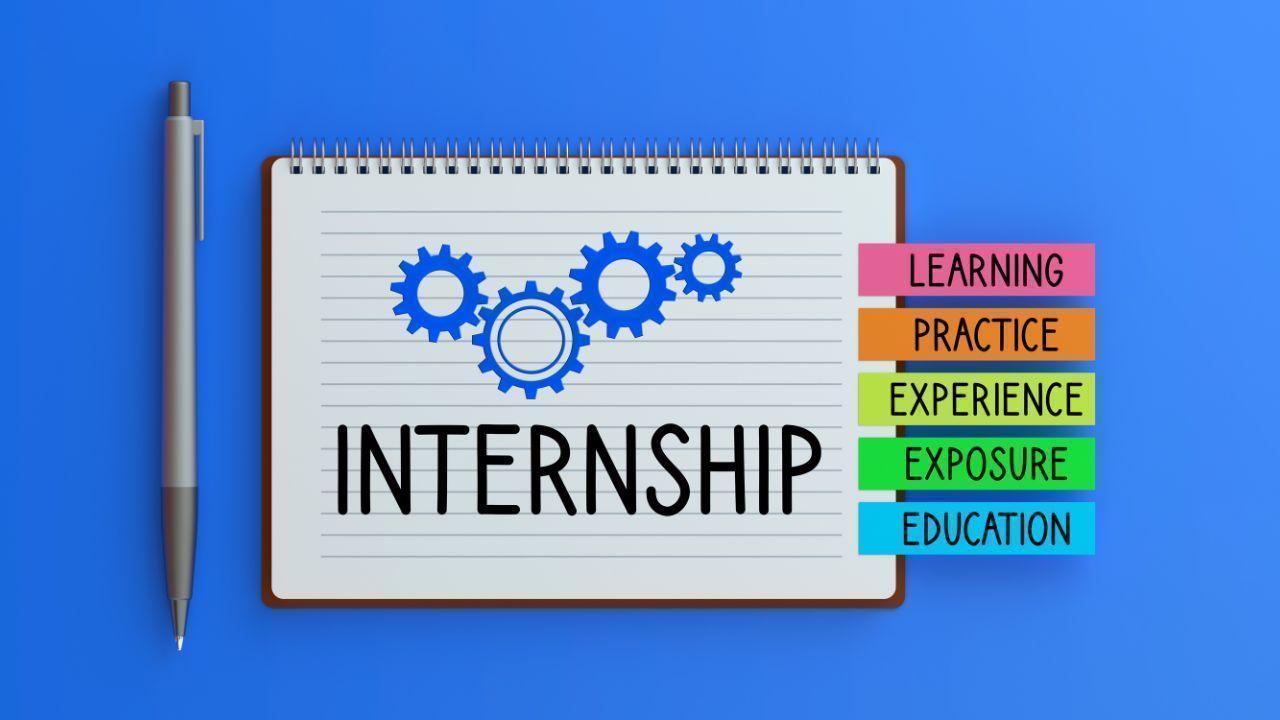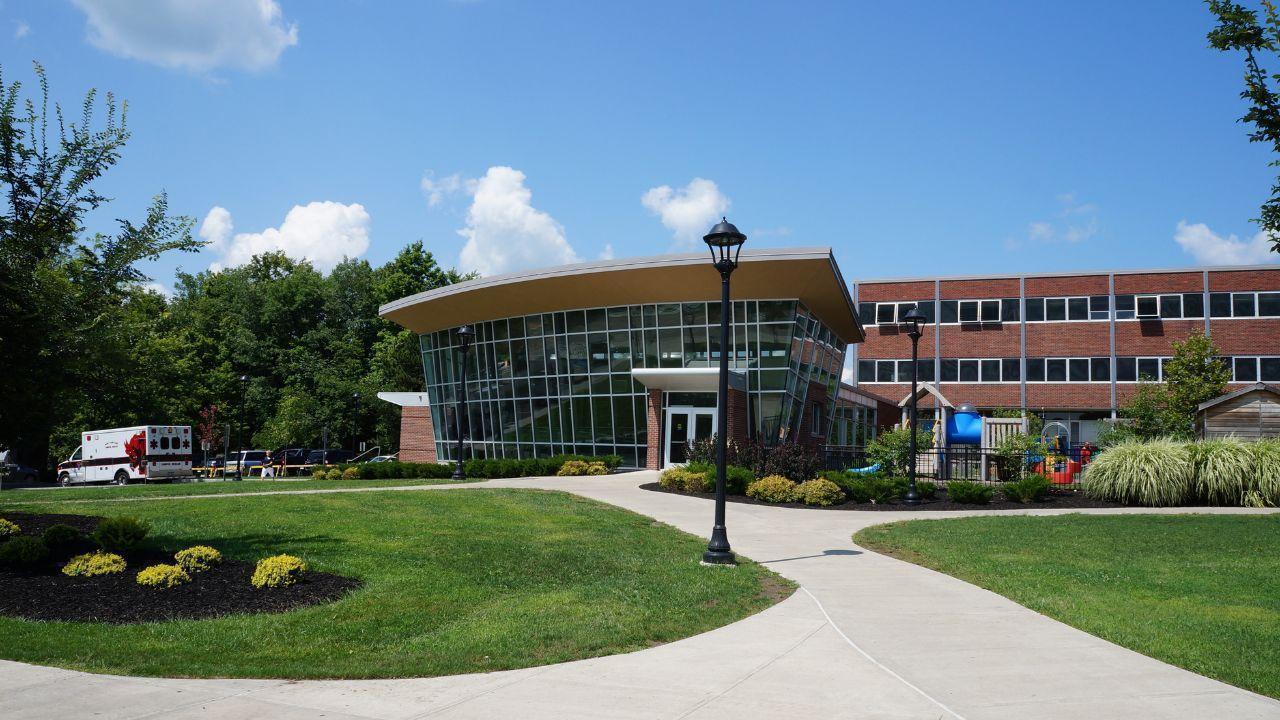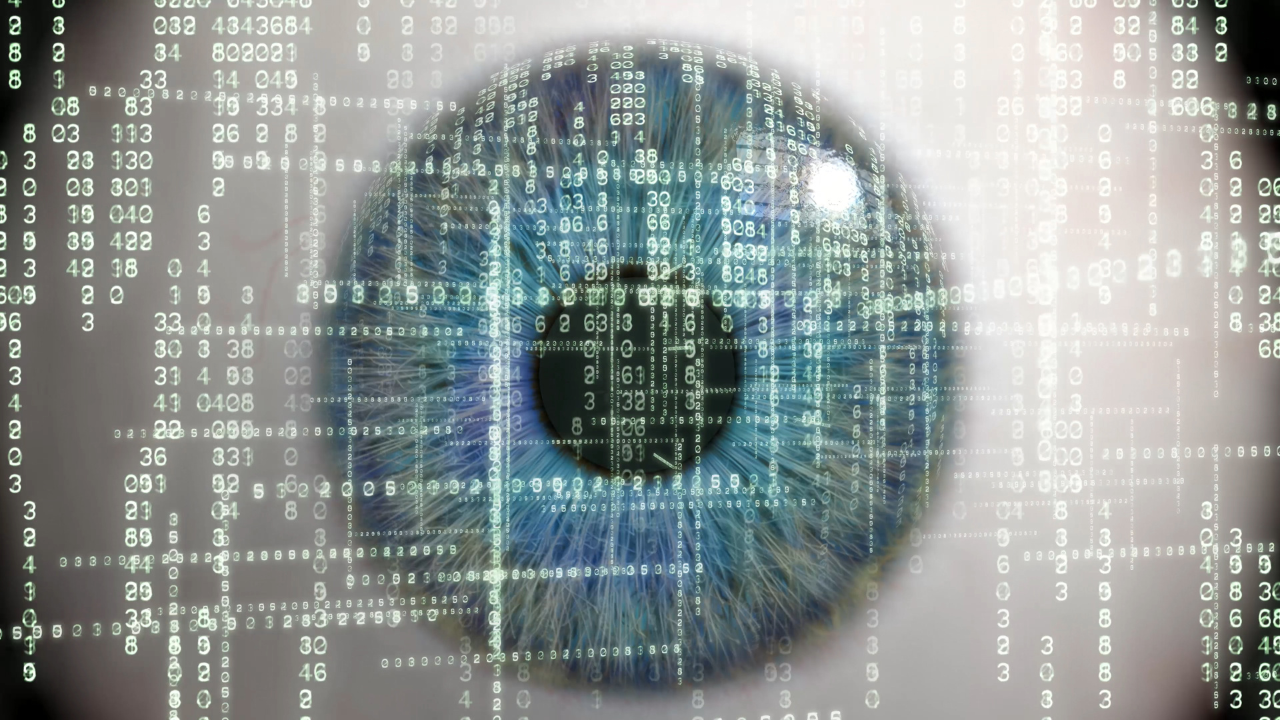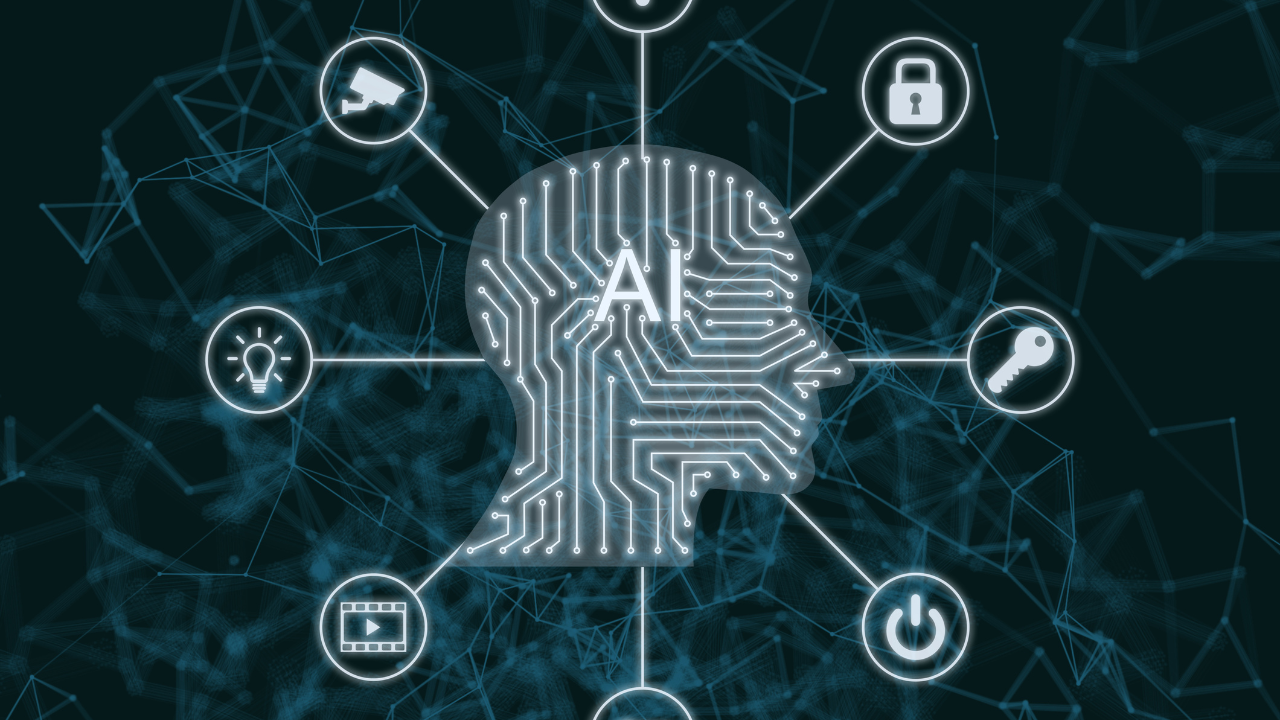



As we progress through 2025, educational technology continues to evolve, offering innovative solutions that enhance learning experiences across various educational settings. From personalized learning powered by artificial intelligence (AI) to immersive environments facilitated by extended reality (XR), these trends are reshaping how education is delivered and experienced.
1. AI and Personalized Learning
Artificial Intelligence is revolutionizing education by tailoring learning experiences to individual student needs. Adaptive learning platforms, utilizing machine learning and natural language processing, analyze student data to customize educational content. Platforms like Squirrel AI and Thinkster are leading the way in providing personalized learning paths, while generative AI automates material customization and offers tailored feedback, supporting students with disabilities or language barriers.
2. Extended Reality (XR) and Immersive Learning
Extended Reality, encompassing augmented reality (AR), virtual reality (VR), and mixed reality (MR), is transforming traditional learning environments. These technologies offer immersive, hands-on learning experiences that enhance engagement and knowledge retention. Applications include virtual field trips through platforms like Google Expeditions, interactive VR labs by Labster for STEM experiments, and training tools like Interplay Learning for practical skills such as HVAC repair and solar panel installation.
3. Gamification in Education
Integrating game elements into educational settings, known as gamification, is becoming increasingly prevalent. This approach enhances student engagement and motivation by incorporating game-like features such as points, badges, and leaderboards into learning activities. Platforms like Classcraft and Kahoot! are examples of tools that facilitate gamified learning experiences.
4. Blockchain for Credentialing and Security
Blockchain technology is being explored for its potential to secure and verify academic records, ensuring transparency and authenticity. By providing a decentralized and tamper-proof system, blockchain can facilitate the sharing of educational resources and credentials across institutions, streamlining administrative processes and enhancing data security.
5. Advanced Learning Analytics
Learning analytics involves collecting and analyzing data on student performance to provide insights that can improve teaching methods and learning outcomes. By leveraging big data and AI, educators can make more informed decisions and intervene early when students are struggling. Platforms like Brightspace and Canvas are integrating advanced analytics features to support data-driven educational practices.
6. Collaborative Learning Platforms
Collaborative learning platforms are enhancing how students work together, regardless of geographical locations. Tools like Google Classroom and Microsoft Teams facilitate real-time collaboration on documents, video conferencing, and integrated project management, making group work more efficient and engaging.
7. Microlearning and Bite-Sized Content
Microlearning delivers content in small, digestible chunks, typically lasting no more than 5-10 minutes. This approach is particularly effective in today's fast-paced world, where attention spans are short and time is limited. Platforms like Duolingo and Quizlet are utilizing microlearning to offer flexible and accessible learning experiences.
8. Accessibility and Inclusive Design
Ensuring that educational technologies are accessible to all students, regardless of their abilities or backgrounds, is a critical consideration. Designing with inclusivity in mind involves using principles like universal design for learning (UDL) to create flexible, customizable learning experiences. This includes features like text-to-speech, closed captions, and alternative text for images to accommodate different learning styles.
9. Lifelong Learning Platforms
With the rapid pace of technological advancements, continuous learning has become essential. Lifelong learning platforms are emerging to provide opportunities for individuals to acquire new skills and knowledge throughout their careers. These platforms offer flexible, on-demand learning experiences that cater to the needs of adult learners and professionals seeking to upskill or reskill.
As these educational technology trends continue to develop, they hold the potential to transform learning environments, making education more personalized, accessible, and engaging. By staying informed and embracing these innovations, educators and learners can navigate the evolving educational landscape effectively.
#trending #latest

University Internships That Help You Get a Job After Graduation... Read More.

Is It Smarter to Start at a Community College... Read More.
 Fake posts hit Czech PM Fiala's X
Fake posts hit Czech PM Fiala's X
Fake posts disrupt Czech PM Fiala's X account security
 Switzerland Tightens Export Rules
Switzerland Tightens Export Rules
Switzerland expands export controls on dual-use goods
 Google unveils Ironwood AI chip
Google unveils Ironwood AI chip
Google introduces Ironwood chip to accelerate AI tasks & apps
 TSMC Q1 revenue up 42%
TSMC Q1 revenue up 42%
TSMC sees 42% revenue surge in Q1, surpassing forecasts
 Amazon CEO Outlines AI Vision
Amazon CEO Outlines AI Vision
Amazon CEO reveals AI investment plans in new letter
 Osaka Hosts World Expo 2025
Osaka Hosts World Expo 2025
Japan blends tech and culture at Osaka Expo 2025 launch
 A16z Plans Big Bet on AI Startup
A16z Plans Big Bet on AI Startup
A16z may lead huge round in ex-OpenAI CTO’s new AI firm.
© MyEduGoal. All Rights Reserved. Design by markaziasolutions.com